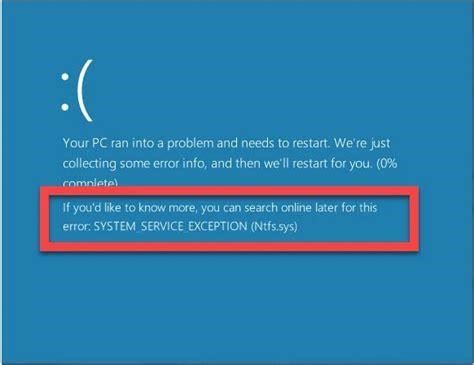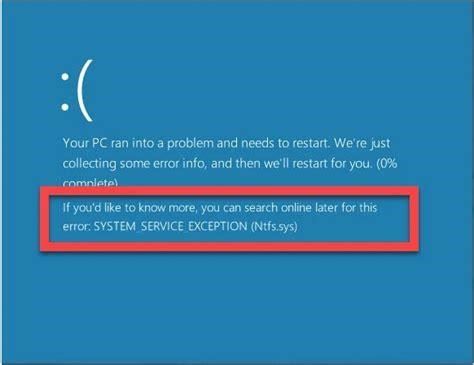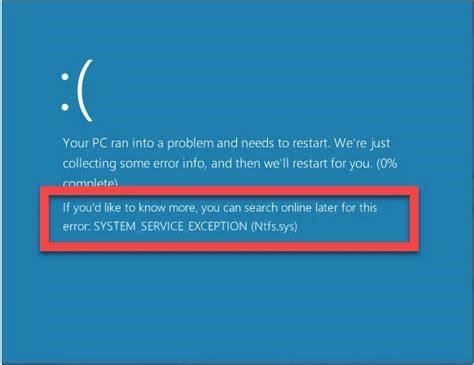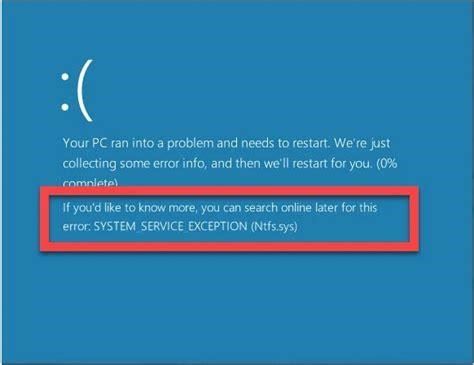The Definitive Guide to Keeping Your Windows System Secure
As technology continues to advance at breakneck speeds, cybersecurity has become an increasingly critical consideration. When using an operating system as ubiquitous as Windows, we must take proactive measures to keep our devices and data safe. After all, the threats are always evolving.
In this comprehensive guide, we’ll explore various methods for bolstering the security of your Windows machine. By leveraging insights from IT professionals and cybersecurity experts, we can help defend against malware, viruses, and other attacks.
Understanding Windows Security Warnings
One of the first lines of defense is paying attention to warnings from Windows itself. When attempting to open untrusted files downloaded from the internet, you may encounter a message such as “Open File – Security Warning.” This prompt is designed to protect your system from potential threats.
Some users may find these warnings annoying and attempt to disable them. However, this exposes your computer to significant risks. It’s highly recommended to avoid disabling security warnings altogether. Only bypass prompts temporarily for files you fully trust.
Adjusting File Attachment Settings
Through Windows’ attachment manager, you can control some aspects of file attachments. Using the Group Policy Editor, navigate to Computer Configuration >Administrative Templates >Windows Components >Attachment Manager.
Here, you can enable the “Do not preserve zone information in file attachments” policy. This removes certain metadata that could pose privacy or security risks. However, use this setting judiciously, as it may block some legitimate files.
Configuring Internet Security Zones
The internet properties window in Windows provides granular control over security zones. Access it by pressing Win+R and typing “inetcpl.cpl” then hitting Enter. Under the security tab, inspect the settings for various zones like Internet, Local Intranet, Trusted Sites, and Restricted Sites.
Ensure the protection level for each zone is appropriate based on the level of trust. For example, Internet sites should be set to High to maximize safety. Meanwhile, Trusted Sites can use lower security as needed.
Limiting Application Permissions
When installing new programs on Windows, you’ll often see permission prompts. Be very selective in what access you grant applications, especially those from less reputable sources. Only enable permissions that seem strictly necessary.
You can also proactively review and modify permissions for existing apps. In Windows Settings, navigate to Apps >App Permissions. Audit this list periodically and revoke any unnecessary allowances.
Running Antivirus Scans
Antivirus software provides indispensable protection against all manner of malware. Windows Security handles basics like scanning downloads and managing firewalls, but third-party antivirus tools deliver more robust and proactive threat detection.
Schedule regular in-depth system scans with your antivirus platform of choice. Quarantine or delete any flagged threats immediately. Keep your software updated with the latest virus definitions as well.
Practicing General Precautions
Alongside built-in Windows security features, your own vigilance and caution are critically important. Refrain from opening email attachments or clicking links unless you’re completely certain of the source. Avoid entering sensitive information on public networks or sketchy websites.
When downloading new programs, use only trusted sites and official distribution channels. Seek out user reviews to detect any red flags. And of course, don’t fall for phishing attempts asking for personal or financial data.
By following the tips outlined here, you can have confidence in keeping your Windows computer safe from the ever-growing range of cyber threats. Feel free to reach out with any other security-related questions!




